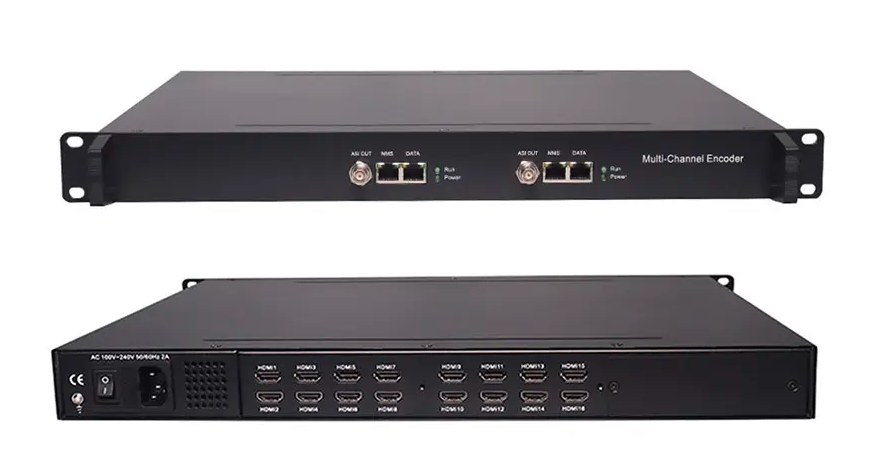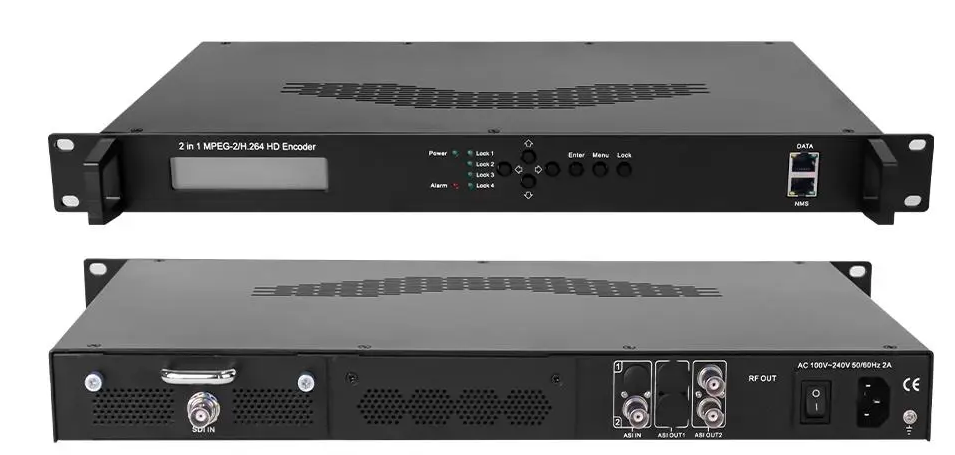In the world of technology, encoders play a vital role in converting information from one format to another. Whether in the field of audio, video or digital data, encoders play a key role in ensuring that information is transmitted accurately and efficiently. Encoders have evolved tremendously over the years, from simple analog devices to complex digital systems. In this blog, we’ll explore the evolution of programmers and their impact on various industries.
An encoder is a device or algorithm that converts data from one format to another. In the analog era, encoders were mainly used in telecommunications and broadcasting to convert analog signals into digital signals for transmission over long distances. These early encoders were relatively simple designs, often using basic conversion methods to convert signals from one medium to another. While these analog encoders were effective for their time, they had limitations in speed and accuracy.
As technology advanced, the need for more advanced encoders became apparent. With the rise of digital media and the Internet, the demand for high-speed, high-precision encoders continues to grow. Digital encoders were developed to meet these needs, utilizing sophisticated algorithms and advanced hardware to ensure reliable and efficient data conversion. These digital encoders pave the way for the digital revolution, enabling seamless transmission of audio, video and data across various platforms.
Today, encoders are an integral part of many industries, from consumer electronics to industrial automation. In consumer electronics, encoders are used in devices such as smartphones, digital cameras, and streaming media players to convert digital data into a format that can be displayed or transmitted. In industrial automation, encoders are crucial for precise positioning and motion control of machinery and robots. The development of encoders has led to the development of high-precision and reliable equipment, which is essential for the operation of modern technology.
One of the key advancements in encoder technology has been the development of optical encoders. These devices use light to measure position and motion, providing extremely high resolution and accuracy. Optical encoders are widely used in applications such as robotics, CNC machine tools, and medical equipment where precise motion control is critical. With their ability to provide real-time feedback and high resolution, optical encoders have revolutionized the industry, enabling new levels of precision and control.
Another major development in encoder technology is the integration of encoders with digital communication protocols. By using protocols such as Ethernet and TCP/IP, the encoder can transmit data over the network to achieve remote monitoring. This connectivity has opened up new possibilities for industries such as manufacturing, where machinery can now be operated and monitored remotely.
In summary, the evolution of encoders from analog to digital has had a profound impact on technology and various industries. The development of advanced digital encoders has improved the accuracy, speed and connectivity of data conversion, enabling new levels of efficiency and control. As technology continues to advance, the role of encoders will only become more important, driving innovation and advancement across a wide range of applications.
Post time: Feb-22-2024



